使用Anthropic API生成结构化输出的工具
Anthropic API最近增加了工具使用功能。
这对于生成结构化输出非常有用。
! pip install -U langchain-anthropic
可选配置:
import os
os.environ['LANGCHAIN_TRACING_V2'] = 'true' # 启用追踪
os.environ['LANGCHAIN_API_KEY'] = # 设置你的API密钥
我们如何使用工具来产生结构化输出?
函数调用/工具使用仅生成有效载荷。
有效载荷通常是JSON字符串,可以传递给API,或者在本例中,传递给解析器以产生结构化输出。
LangChain提供了llm.with_structured_output(schema),使得生成符合模式的结构化输出变得非常容易。

from langchain_anthropic import ChatAnthropic
from langchain_core.prompts import ChatPromptTemplate
from langchain_core.pydantic_v1 import BaseModel, Field
# 数据模型
class Code(BaseModel):
"""代码输出"""
# LLM
llm = ChatAnthropic(
model="claude-3-opus-20240229",
default_headers={"anthropic-beta": "tools-2024-04-04"},
)
# 结构化输出,包括原始内容将捕获原始输出和解析器错误
structured_llm = llm.with_structured_output(Code, include_raw=True)
code_output = structured_llm.invoke(
"Write a python program that prints the string 'hello world' and tell me how it works in a sentence"
)
初始推理阶段:
code_output["raw"].content[0]
工具调用:
code_output["raw"].content[1]
JSON字符串:
code_output["raw"].content[1]["input"]
错误:
error = code_output["parsing_error"]
error
结果:
parsed_result = code_output["parsed"]
Python:
parsed_result.prefix
Python:
parsed_result.imports
Python:
parsed_result.code
更具挑战性的例子:
动机例子,用于工具使用/结构化输出。
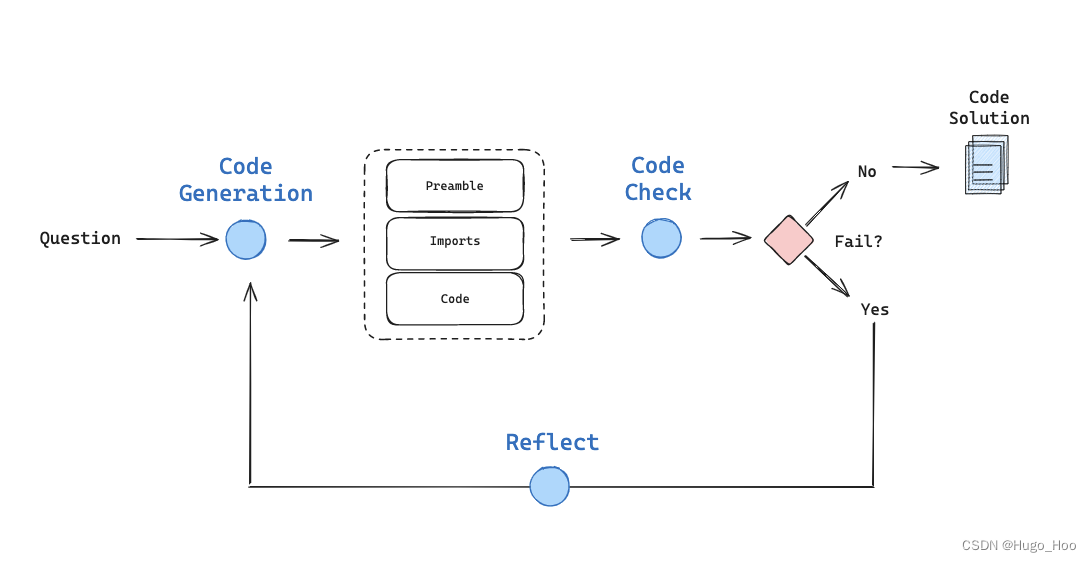
这里是我们想要回答有关代码问题的一些文档。
from bs4 import BeautifulSoup as Soup
from langchain_community.document_loaders.recursive_url_loader import RecursiveUrlLoader
LCEL文档
url = "https://python.langchain.com/docs/expression_language/"
loader = RecursiveUrlLoader(
url=url, max_depth=20, extractor=lambda x: Soup(x, "html.parser").text
)
docs = loader.load()
根据URL对列表进行排序并获取文本
d_sorted = sorted(docs, key=lambda x: x.metadata["source"])
d_reversed = list(reversed(d_sorted))
concatenated_content = "\n\n\n --- \n\n\n".join(
[doc.page_content for doc in d_reversed]
)
问题:
如果我们想强制使用工具怎么办?
我们可以使用回退策略。
让我们选择一个代码生成提示,根据我的一些测试,它没有正确调用工具。
我们看看是否可以纠正这个问题。
# 此代码生成提示调用工具使用
code_gen_prompt_working = ChatPromptTemplate.from_messages(
[
(
"system",
""" You are a coding assistant with expertise in LCEL, LangChain expression language.
Here is the LCEL documentation:
-------
{context}
-------
Answer the user question based on the
above provided documentation. Ensure any code you provide can be executed with all required imports and variables
defined. Structure your answer: 1) a prefix describing the code solution, 2) the imports, 3) the functioning code block.
Invoke the code tool to structure the output correctly.
Here is the user question:""",
),
("placeholder", "{messages}"),
]
)
# 此代码生成提示没有调用工具使用
code_gen_prompt_bad = ChatPromptTemplate.from_messages(
[
(
"system",
"""You are a coding assistant with expertise in LCEL, LangChain expression language.
Here is a full set of LCEL documentation:
-------
{context}
-------
Answer the user question based on the above provided documentation. Ensure any code you provide can be executed
with all required imports and variables defined. Structure your answer with a description of the code solution.
Then list the imports. And finally list the functioning code block. Here is the user question:""",
),
("placeholder", "{messages}"),
]
)
数据模型:
class Code(BaseModel):
"""代码输出"""
LLM:
llm = ChatAnthropic(
model="claude-3-opus-20240229",
default_headers={"anthropic-beta": "tools-2024-04-04"},
)
结构化输出:
包括原始内容将捕获原始输出和解析器错误
structured_llm = llm.with_structured_output(Code, include_raw=True)
检查错误:
def check_claude_output(tool_output):
"""检查解析错误或未能调用工具"""
带有输出检查的链:
code_chain = code_gen_prompt_bad | structured_llm | check_claude_output
让我们添加检查并重试。
def insert_errors(inputs):
"""在消息中插入错误"""
这将作为回退链运行。
fallback_chain = insert_errors | code_chain
N = 3 # 最大重试次数
code_chain_re_try = code_chain.with_fallbacks(
fallbacks=[fallback_chain] * N, exception_key="error"
)
测试:
messages = [("user", "How do I build a RAG chain in LCEL?")]
code_output_lcel = code_chain_re_try.invoke(
{"context": concatenated_content, "messages": messages}
)
Python:
parsed_result_lcel = code_output_lcel["parsed"]
Python:
parsed_result_lcel.prefix
Python:
parsed_result_lcel.imports
Python:
parsed_result_lcel.code
示例跟踪捕获错误并纠正:
跟踪链接
介绍了如何使用Anthropic API来生成结构化输出。它首先建议安装langchain-anthropic库,然后通过设置环境变量启用追踪和API密钥。文件中展示了如何定义数据模型,创建ChatAnthropic实例,并使用with_structured_output方法来生成符合特定模式的结构化输出。接着,通过示例代码演示了如何调用API、处理原始输出、捕获解析错误,并展示了如何通过回退机制和错误检查来增强工具调用的鲁棒性。最后,提供了一个测试用例,展示了如何使用构建的链来回答问题并获取结构化代码输出。


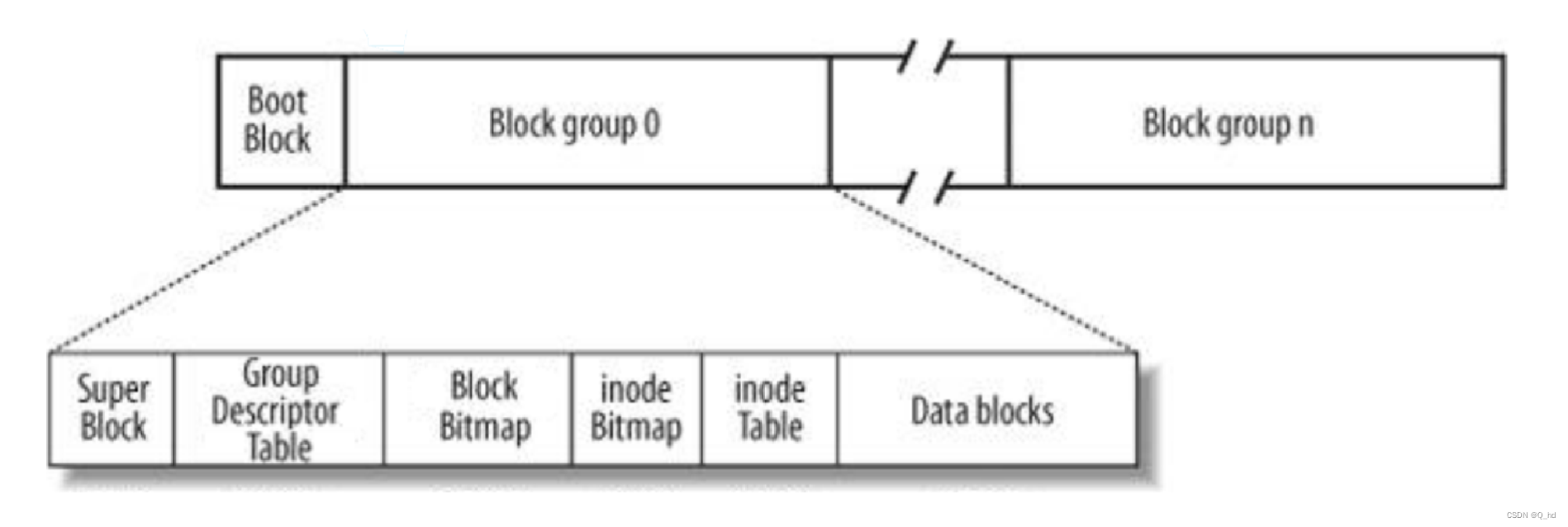

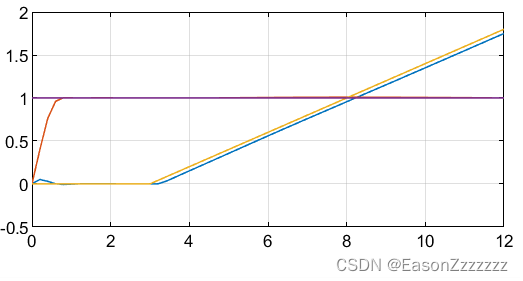



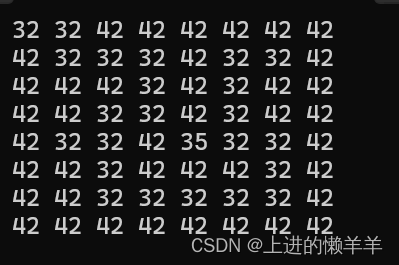
![【代码随想录】【算法训练营】【第27天】 [39]组合总和 [40] 组合总和II [131]分割回文串](https://img-blog.csdnimg.cn/direct/a451eefff16741e6b99cdadb8493f562.png)
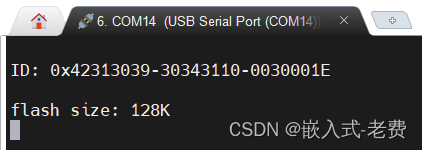


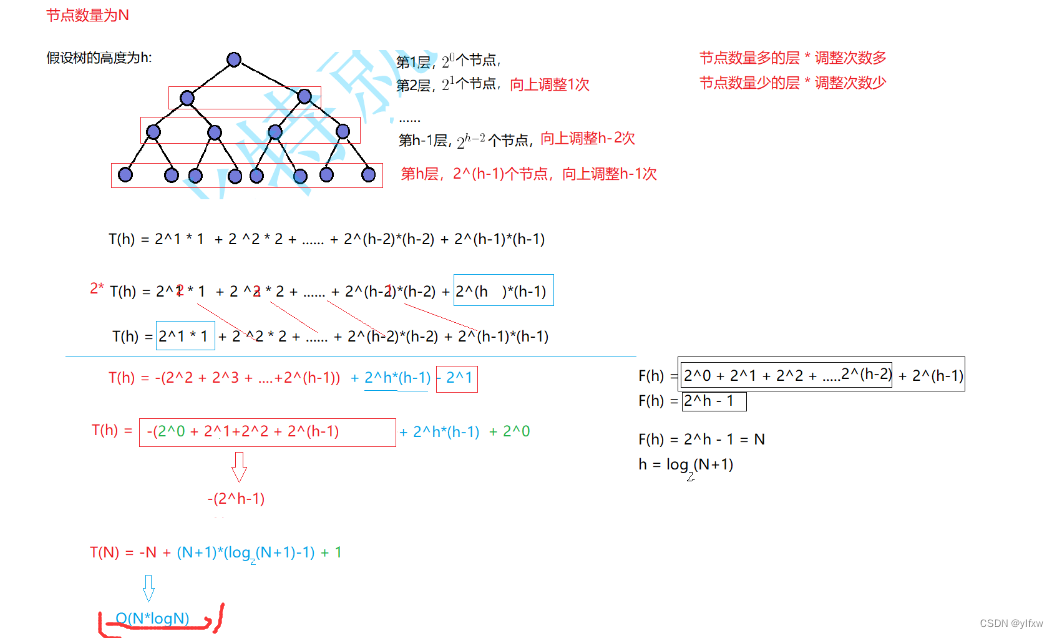


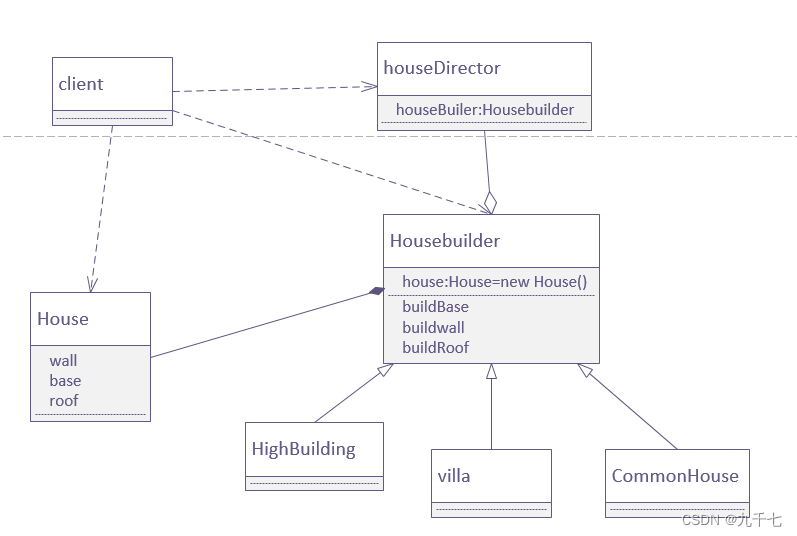
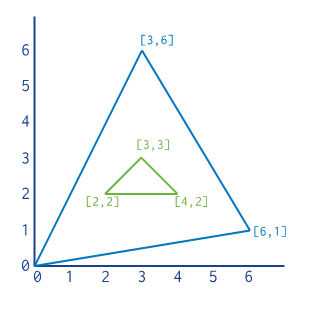
![[FreeRTOS 基础知识] 堆](https://img-blog.csdnimg.cn/direct/6b57f56288714589b387ec27cfd84e2d.png)
![牛客网刷题 | BC116 [NOIP2013]记数问题](https://img-blog.csdnimg.cn/511f8fd7591f409a937072045bc0534b.jpeg)